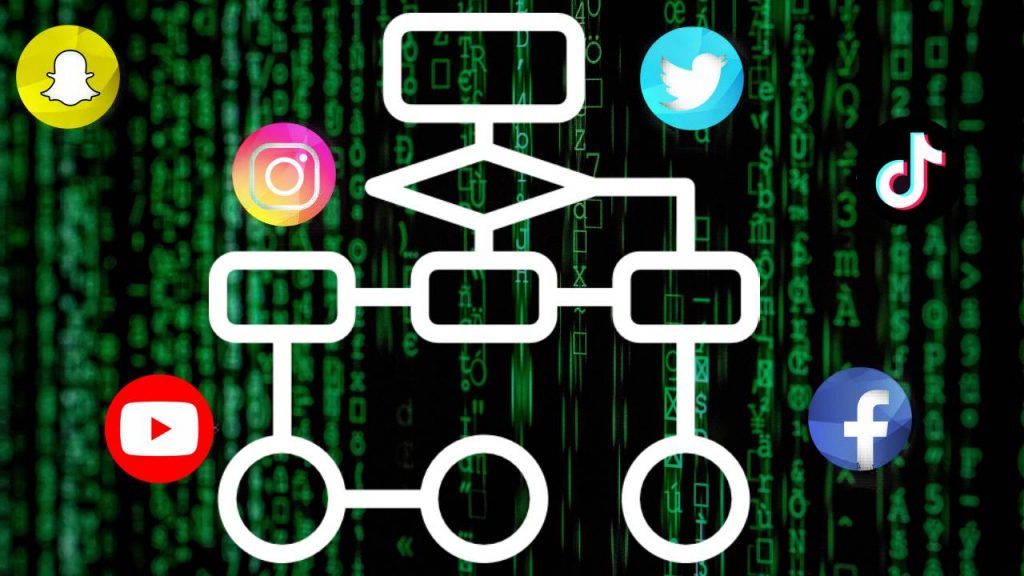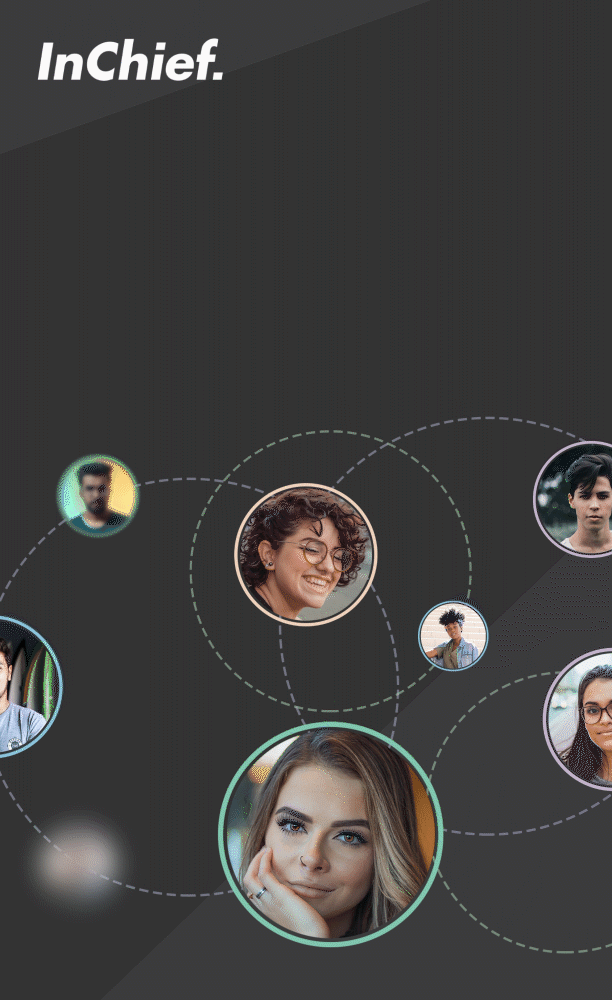Make sure you understand what’s behind your content and audience.
Sometimes revered as the genius puzzle piece pushing innovation forward, sometimes denigrated as being exclusionary and unfair, algorithms are often treated as something mythical and magical, a law unto themselves. In reality, they’re a very straightforward bit of computer programming, and they’re usually designed by humans. An algorithm is just a set of instructions for a program, and every app or bit of software you run has one: for example, if you click on save, the document saves. That’s algorithmic. We even use algorithms in our everyday lives in an analogue sense: a recipe for a cake is like an algorithm, or the instructions for our new flatpack furniture. It tells you what order to do everything in and what parts to use.
Social media companies like Facebook, Twitter, Instagram, YouTube and TikTok use algorithms to help them sort through the masses of content uploaded to them every day. As usership of these platforms grow, the need for an effective algorithm increases, as millions of gigabytes of data flood their systems. Some 95 million photos are uploaded to Instagram every single day! Twitter sees 84 TERAbytes of data a week – one terabyte is a TRILLION bytes of data, mind. Without algorithms, the user experience would be awful, flooding your feeds with content moving so quickly, you’d never be able to actually see anything.
Generally speaking, you tell the algorithms what you want. They’re set up to respond to your needs, and will show you more content from people that you often interact with, and then suggest more content that’s similar, with the end goal of increasing your total time spent on the platform. Each platform will have different nuances in how they do so, but that’s the general upshot. On Twitter, it’s you getting shown a tweet from an account that people you follow have liked, even if you don’t follow that account. On Instagram, it’s the Explore page, and people you interact with most showing at the top of your Feed. On YouTube, it’s what makes up those coveted homepage slots, and the videos suggested to you after you watch one. On TikTok, it’s the For You Page, and on Facebook, it’s the content most heavily seen on your News Feed.
Now, you’re probably thinking, “So why don’t I just see the content from the people I really like?” or “If someone’s followed me, why don’t they get shown all my content?”. Well, we all follow a lot of people. Even standard personal Instagram accounts follow often thousands of others, making the algorithm’s job harder. Then, there are offline social factors at play: we may log onto Facebook, see Sally from school’s baby can speak Swahili, “like” the baby photo to be polite, but then click “Mute Sally” because you can’t stand another smug mum. Sometimes we follow accounts, but actually don’t find their content that engaging, like maybe a news source we feel we ought to follow but we find a bit of a downer. Or, accounts you followed a long time ago when you were really into learning how to do a perfect smokey eye, but now you’ve mastered it, that account is less interesting to you.
Algorithms also prioritise certain types of content over others, as per the wishes of the business. Algorithms will always prioritise showing users content that’s been proven to receive strong engagement and keep people on the platform. A good example of this is the infamous Facebook “pivot to video” in 2015. Facebook told advertisers and publishers alike that the future of Facebook was video, and inflated their viewership figures by some 900% to back these claims up. The algorithm pushed more video as per their wishes, but unfortunately, people didn’t actually like video that much on Facebook, and in 2018, Facebook backtracked and now you see less video there. The YouTube algorithm rewards creators who can keep viewers watching more and more of their content in one sitting (because they can serve that viewer more ads in that sitting, too), and Instagram values content that generates conversation as well as Likes, because that indicates engagement and not just passive tapping.
This can create a bit of a two-way street, as creators can end up shaping their content to make it more algo-friendly. A really good example of this is actually from Spotify. The Guardian observed in 2018 that, “shorter tracks with leaner intros where hooks come more quickly to avoid being skipped are a new norm. In 2015, less than 1% of songs ran under two and a half minutes; now more than 6% do.” On Instagram, it’s the thirst traps, and on Twitter it might be a deliberately incendiary post to spark debate – think “unpopular opinion but toast should be black…”
You don’t need to endlessly kowtow to an algorithm to succeed, nor do you need to obsess over it, or let it stop you making content you feel passionately about. You just need to understand the basics of how it functions, and the kinds of content and behaviours it prioritises on your platform(s) of choice to ensure you’re doing everything you can to make it work for you, too.






